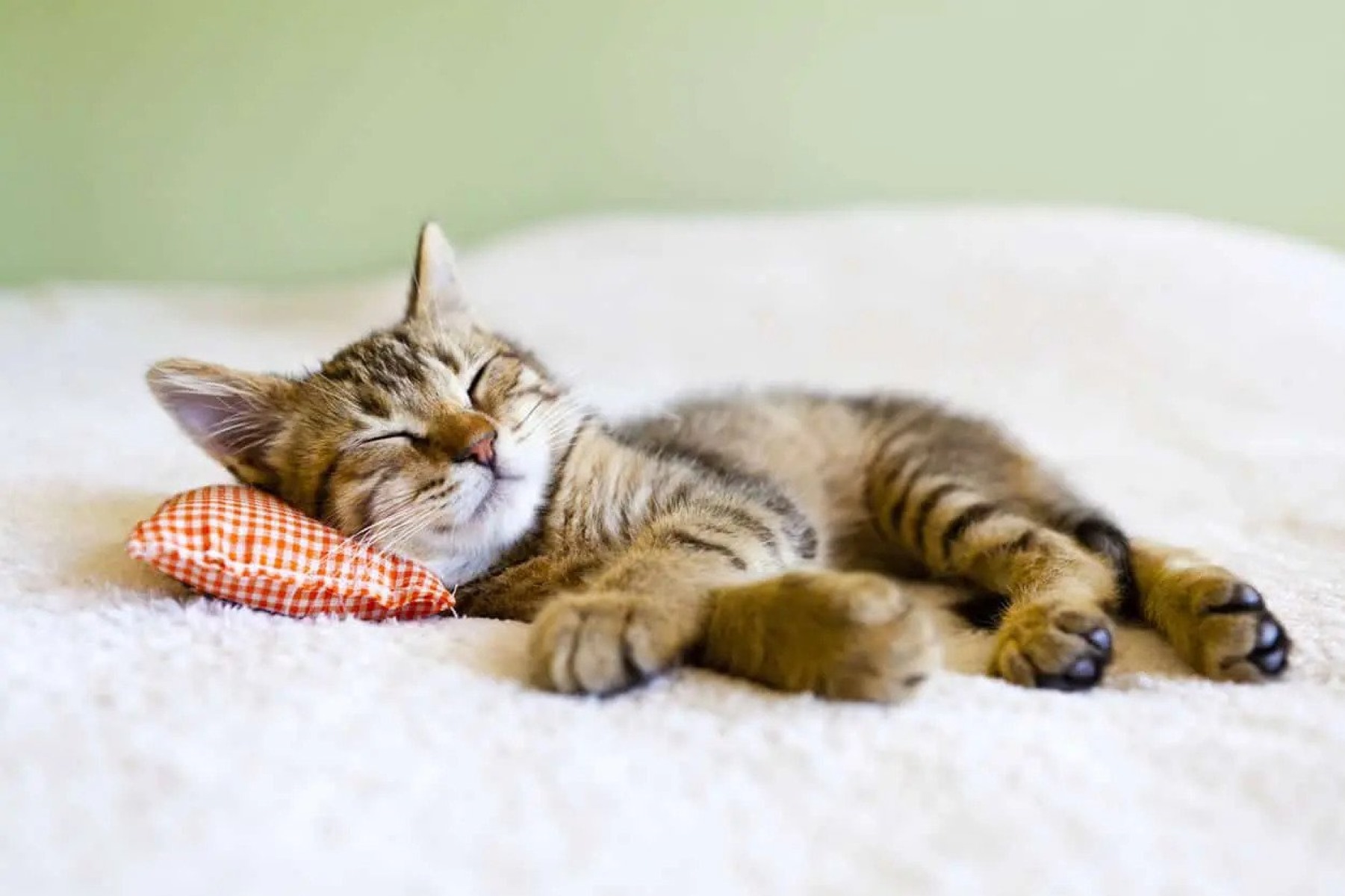

Articles
How To Get Cat Pee Out Of Rugs
Modified: April 22, 2024
Looking for articles on how to get cat pee out of rugs? Find effective methods to remove cat urine stains and odors from your carpets and rugs.
(Many of the links in this article redirect to a specific reviewed product. Your purchase of these products through affiliate links helps to generate commission for Storables.com, at no extra cost. Learn more)
Introduction
Dealing with cat urine on rugs can be a frustrating and challenging task. Not only does it leave an unpleasant odor, but it can also cause permanent damage to your rugs if not properly addressed. Whether you are a seasoned cat owner or have recently adopted a furry friend, accidents can happen, and it’s essential to know how to effectively remove cat pee from your rugs.
In this comprehensive guide, we will walk you through the step-by-step process of getting cat pee out of rugs. From identifying the affected area to eliminating the odor and restoring your rug to its former glory, we’ll cover all the necessary techniques and products you need to ensure a successful clean up.
Understanding the problem is crucial when it comes to tackling cat urine stains. Unlike other types of stains, cat urine contains ammonia and uric acid, which can create a strong odor and leave behind stubborn residue that can be challenging to remove. Additionally, urine can seep deep into the fibers of your rug, making it necessary to address both the stain and the odor.
Before we dive into the step-by-step process, it’s important to note that time is of the essence when dealing with cat urine stains. The longer the urine sits on the rug, the more difficult it becomes to remove both the stain and the odor. So, it’s best to act quickly and follow these instructions for optimal results.
Now, without further ado, let’s begin the journey of banishing cat urine from your rugs and restoring cleanliness and freshness to your home.
Key Takeaways:
- Act quickly when dealing with cat urine on rugs to prevent permanent damage. Identify, blot, clean, rinse, and dry thoroughly for effective stain and odor removal.
- Choose the right cleaning solution, eliminate odor with baking soda or vinegar, and vacuum the rug for a fresh and clean outcome. Regular maintenance is key to preserving rug beauty.
Read more: How To Get Cat Pee Out Of A Carpet
Understanding the Problem
When your beloved feline friend has an accident on your rug, it’s important to understand the problem you’re dealing with. Cat urine contains ammonia and uric acid, which are responsible for the strong smell and can pose a challenge when trying to remove the stain and odor from your rug.
Aside from the unpleasant odor, cat urine can also cause damage to your rug if left untreated. The longer the urine sits on the fibers, the more it can penetrate and seep deep into the materials, making it harder to fully eliminate both the stain and the odor.
Uric acid, in particular, is notorious for its ability to bind tightly to the fibers of your rug, forming crystals that can be difficult to dissolve and remove. These crystals can persist even after surface cleaning, causing the smell to linger if not properly addressed.
It’s also worth mentioning that the type of rug you have plays a role in how you approach cleaning cat urine stains. Different materials, such as wool, synthetic fibers, or delicate antique rugs, require specific care instructions to prevent further damage during the cleaning process.
Another factor to consider is whether the urine has soaked through the rug and reached the padding or the subfloor beneath. In cases of severe urine stains or repeated accidents, it may be necessary to address the underlying layers to completely eliminate the odor and prevent it from resurfacing.
Moreover, it’s important to remember that cats have a keen sense of smell and are drawn to areas that they have previously marked with urine. If even a trace of the urine scent remains, it may encourage your cat to continue using the rug as a bathroom spot. Properly removing the stain and odor is essential to break this cycle and discourage repeat incidents.
Now that we have a better understanding of the specific challenges posed by cat urine on rugs, let’s move on to the step-by-step process of effectively removing these stains and odors.
Step 1: Identify the Affected Area
When dealing with cat urine on rugs, the first step is to identify the exact area that has been affected. This is essential to ensure that you thoroughly clean and treat the urine stain.
Start by visually inspecting the rug for any visible signs of discoloration or wet spots. Cat urine stains may not always be apparent, especially if they have dried or if the rug has a pattern that can camouflage the stain. However, you can often detect the urine odor, which can guide you in identifying the affected areas.
If the urine stain is still wet, use paper towels or a clean, absorbent cloth to blot the area gently. Avoid rubbing or scrubbing, as this can spread the urine and make the stain more difficult to remove.
If the stain has already dried, you can use a blacklight to locate the affected area. Cat urine contains phosphorus, which will fluoresce under the UV light of a blacklight. Turn off any other lights and carefully scan the rug with the blacklight. The urine stains will appear as glowing spots, helping you pinpoint the exact location that needs to be treated.
Once you have identified the affected areas, mark them with a piece of masking tape or a small object that can be easily removed later. This will ensure that you don’t miss any spots during the cleaning process.
It’s crucial to identify all the areas that have been affected by cat urine because even small traces left untreated can continue to emit an odor and attract your cat back to the same spot.
Now that we have successfully identified the areas that require attention, let’s move on to the next step: blotting the urine to remove as much of the liquid as possible.
Step 2: Blotting the Urine
Once you have identified the affected area, the next step in removing cat urine from rugs is to blot the urine to remove as much of the liquid as possible. This step is crucial in preventing the urine from further penetrating the fibers of the rug and causing more extensive damage.
To begin, take a stack of clean, absorbent paper towels or a clean cloth and place it directly over the urine stain. Apply gentle pressure and blot the area, absorbing as much of the liquid as possible. Avoid rubbing or scrubbing, as this can potentially spread the urine and make the stain more difficult to remove.
If the urine stain is already dry, you can dampen the area slightly with water before blotting. This can help rehydrate the dried urine and make it easier to remove.
Continue blotting until no more urine is being absorbed by the paper towels or cloth. You may need to use multiple towels or cloths if the stain is large or deeply set into the rug.
It’s important to note that the sooner you begin the blotting process, the better chance you have of removing a significant amount of the urine and preventing it from seeping deeper into the rug fibers.
After completing the blotting, dispose of the soiled paper towels or wash the cloth thoroughly to prevent any lingering odor or bacteria.
Blotting the urine is an essential step in effectively removing cat urine from rugs. By eliminating as much of the liquid as possible, you can minimize the potential for long-lasting stains and odor. Now that you’ve successfully blotted the urine, let’s move on to the next step: preparing a cleaning solution.
Step 3: Prepare a Cleaning Solution
After blotting the urine from your rug, the next step in getting cat pee out of your rugs is to prepare a cleaning solution. This solution will help break down the remaining urine stains and eliminate any lingering odor.
There are several effective cleaning solutions you can choose from, depending on the materials of your rug and your personal preferences. Here are a few options:
- Vinegar Solution: Mix a solution of equal parts water and white vinegar. Vinegar is known for its disinfectant and deodorizing properties, making it an excellent choice for tackling urine stains and odors. It’s important to note that vinegar has a strong smell of its own, but it will dissipate as the rug dries.
- Enzyme Cleaner: Enzyme-based cleaners are specifically designed to break down the proteins in urine, effectively eliminating stains and odors. Look for enzyme cleaners that are labeled as pet urine stain and odor removers.
- Mild Detergent Solution: If you prefer a gentler approach, you can mix a solution of mild dish detergent and warm water. This can be effective for less severe urine stains.
Regardless of the cleaning solution you choose, it’s essential to test it in an inconspicuous area of the rug first to ensure it doesn’t cause any discoloration or damage. If there are no adverse effects, proceed with the following steps.
Now that you have your preferred cleaning solution, let’s move on to the next step: applying the cleaning solution to the urine stain.
Read more: How To Get Cat Pee Out Of My Mattress
Step 4: Apply the Cleaning Solution
Now that you have your cleaning solution prepared, it’s time to apply it to the urine stain on your rug. The cleaning solution will help break down the remaining urine residue and eliminate any lingering odor.
Start by taking a clean sponge or cloth and dipping it into the cleaning solution. Gently blot the stained area of the rug, ensuring the solution saturates the fibers without oversaturating.
Avoid rubbing or scrubbing the stain, as this can push the urine deeper into the fibers or spread it to unaffected areas of the rug. Instead, use a blotting motion to lift the stain and work the cleaning solution into the urine-soaked fibers.
Continue applying the cleaning solution and blotting until you have covered the entire stained area. For larger or more stubborn stains, you may need to apply additional cleaning solution and repeat the process.
It’s important to note that different rugs may require different cleaning methods. For delicate or antique rugs, it’s best to consult a professional rug cleaner to ensure the proper care and cleaning techniques are used.
Once you have applied the cleaning solution, allow it to sit on the urine stain for a few minutes, as specified by the product instructions or the cleaning solution you have prepared.
Now that the cleaning solution has had time to work its magic, let’s proceed to the next step: rinsing the area to remove the cleaning solution and urine residue.
Blot the area with paper towels to soak up as much urine as possible. Then, mix equal parts water and white vinegar, and pour it over the affected area. Let it sit for 5-10 minutes, then blot with more paper towels. Repeat as needed.
Step 5: Rinse the Area
After applying the cleaning solution to the urine stain on your rug, it’s important to rinse the area thoroughly to remove any residual cleaning solution and urine residue. Rinsing helps ensure that no cleaning product or urine residue is left behind, preventing any potential damage to your rug and reducing the chance of odors resurfacing.
To rinse the area, you’ll need a clean cloth or sponge and fresh, clean water. Dampen the cloth or sponge with clean water and gently blot the area, working in a circular motion. This will help lift away any remaining cleaning solution and urine residue.
Continue rinsing until you no longer see any suds or discoloration on the cloth or sponge. It’s important to ensure that you remove all traces of the cleaning solution to prevent any potential damage to the rug fibers or any lingering odor.
If you’re concerned about excess moisture being absorbed by the rug, you can use a clean, dry cloth to blot the area again, helping to remove any remaining water.
Remember to be gentle and avoid scrubbing or rubbing the rug, as this can cause damage to the fibers.
Once you have thoroughly rinsed the area, you’re ready to move on to the next step: removing excess moisture from the rug.
Step 6: Remove Excess Moisture
After rinsing the area to remove the cleaning solution and urine residue, it’s important to remove any excess moisture from the rug. Excess moisture left on the rug can lead to mold, mildew, or further damage to the fibers.
To remove the excess moisture, you can follow these simple steps:
- Use a clean, dry towel or cloth to press down gently on the rinsed area. The towel will absorb the moisture and help draw it out of the rug fibers.
- Continue pressing down on the rug, focusing on the previously affected area, until the towel no longer becomes damp. If necessary, you can switch to another clean, dry towel.
- If the rug is still damp, you can place a stack of paper towels or a dry, absorbent cloth over the area and apply gentle pressure. Leave it in place for a few hours to help further absorb the moisture.
- Avoid using a hairdryer or other heat sources to dry the rug quickly, as this can potentially damage the fibers or cause shrinkage.
It’s important to ensure that the rug is thoroughly dried to prevent any potential issues. Properly removing the excess moisture will also help prepare the rug for the next step: eliminating any lingering odors.
Now that you have removed the excess moisture, let’s move on to the next step: eliminating odor from the rug.
Step 7: Eliminate Odor
Even after removing the urine stain and drying the rug, lingering odors can remain. To ensure that your rug is fresh and odor-free, it’s important to take steps to eliminate any lingering cat urine odor.
There are several effective methods for eliminating odor from your rug:
- Baking Soda: Sprinkle baking soda liberally over the previously affected area. Baking soda is known for its odor-absorbing properties. Leave the baking soda on the rug for a few hours, or ideally overnight, to allow it to absorb the odors. Vacuum the baking soda thoroughly to remove it from the rug.
- White Vinegar: Mix a solution of one part white vinegar and one part water. Lightly spray the solution over the area, focusing on the previously affected spot. Vinegar helps neutralize the urine odor. Leave the vinegar solution on the rug for a few hours, then blot it away using a clean, damp cloth. Allow the rug to air dry.
- Commercial Odor Eliminator: There are numerous commercial products specifically designed to eliminate pet urine odors. Read and follow the instructions provided on the product packaging to effectively use them on your rug. These products often contain enzymes that break down the urine odor molecules.
It’s important to note that strong-smelling substances like vinegar may temporarily emit their own scent, which will dissipate as the rug dries. If you’re concerned about the smell, you can open windows or use a fan to facilitate air circulation and speed up the drying process.
By choosing one of these odor elimination methods and thoroughly treating the rug, you can effectively remove any remaining cat urine odor and ensure a fresh-smelling home.
Now that you have successfully eliminated the odor, it’s time for the final step: allowing the rug to fully dry.
Read more: How To Get Cat Pee Out Of Couch Cushions
Step 8: Allow the Rug to Dry
After treating the urine stain, removing the excess moisture, and eliminating any lingering odor, it’s crucial to allow the rug to fully dry. Proper drying helps prevent mold and mildew growth and ensures the longevity of your rug.
To allow the rug to dry effectively, follow these steps:
- Place the rug in a well-ventilated area, preferably near an open window or a fan. Good airflow will help speed up the drying process.
- Avoid exposing the rug to direct sunlight or excessive heat, as it can cause fade or damage to certain rug materials.
- Periodically check the rug’s dampness by touching the fibers. If it still feels damp, continue the drying process until it is completely dry.
- If possible, elevate the rug slightly by placing it on a clean, dry surface or using a drying rack. This helps air circulate around the rug, promoting faster drying and preventing any moisture from getting trapped underneath.
- Depending on the size and thickness of the rug, drying may take anywhere from a few hours to a couple of days. Be patient and ensure that the rug is completely dry before moving on to the next step.
It’s important not to rush the drying process to avoid any potential damage or re-soiling of the rug. Taking the time to ensure thorough drying will help maintain the rug’s structural integrity and prevent any future issues.
Once the rug is completely dry, you’re almost done! The final step is to vacuum the rug to remove any remaining debris and fluff up the fibers, so let’s move on to the next step: vacuuming the rug.
Step 9: Vacuum the Rug
After the rug has dried completely, the final step in the process of removing cat pee from your rugs is to vacuum the rug. Vacuuming helps remove any remaining debris, pet hair, or loose fibers, giving your rug a fresh and clean appearance.
To effectively vacuum your rug, follow these guidelines:
- Ensure that your vacuum cleaner is clean and equipped with a clean filter or bag. A dirty filter or bag can reduce the vacuum’s suction power and efficiency.
- Adjust the vacuum cleaner’s height setting to the appropriate level for your rug. For low-pile rugs, set it to a lower position to allow the vacuum to get closer to the fibers. For high-pile or shaggy rugs, set it to a higher position to avoid damaging the fibers.
- Slowly and methodically vacuum the entire rug, moving in overlapping passes. Pay special attention to the areas that were previously affected by the urine stain.
- If your rug has fringes, be careful when vacuuming around them to avoid sucking them into the vacuum cleaner. You can either gently lift the fringes or use a soft brush attachment to clean around them.
- Consider vacuuming both sides of the rug if it is reversible. This will help remove any trapped dust or debris and improve the rug’s overall cleanliness.
- For rugs with stubborn pet hair or fibers embedded in the fibers, you can use a pet hair attachment or a stiff brush to agitate the fibers and facilitate their removal.
By thoroughly vacuuming your rug, you’ll not only remove any remaining particles but also fluff up the fibers, enhancing the rug’s appearance and ensuring its cleanliness.
Congratulations! You have successfully completed the process of removing cat urine from your rugs. By following these steps, you’ve effectively tackled the stain, eliminated the odor, and restored your rug to its former glory.
Remember, accidents happen, but with the right knowledge and techniques, you can handle them with confidence and keep your rugs clean and fresh. Regular maintenance and prompt response to accidents are key to maintaining the beauty and longevity of your rugs.
Conclusion
Dealing with cat urine stains on rugs may seem like a daunting task, but with the right approach and techniques, it can be effectively managed. By following the step-by-step process outlined in this guide, you can successfully remove cat pee stains, eliminate odors, and restore your rugs to their former condition.
It’s crucial to act quickly when dealing with cat urine stains. The longer the urine sits on your rug, the more challenging it becomes to remove both the stain and the odor. By promptly identifying the affected area and blotting the urine, you can prevent it from seeping deeper into the rug fibers and causing further damage.
Preparing a suitable cleaning solution and applying it to the urine stain helps break down the residue and eliminate any lingering odor. Choosing the right cleaning solution, whether it’s a vinegar solution, enzyme cleaner, or mild detergent solution, is important for effective results.
Rinsing the area thoroughly after applying the cleaning solution is crucial to remove any residual product and urine residue. This step ensures that no cleaning solution or urine remains behind, preventing any potential damage to the rug fibers and reducing the chance of odors resurfacing.
Removing excess moisture from the rug is essential to prevent mold, mildew, and further damage. Blotting the area with clean towels and allowing air circulation and sufficient drying time will help ensure that the rug is properly dried before moving on to the next steps.
Eliminating odor is key to achieving a fresh-smelling home. Using baking soda, vinegar, or commercial odor eliminators can effectively neutralize the cat urine odor. Properly treating the rug and allowing the products to work their magic will leave your rug smelling clean and odor-free.
Lastly, vacuuming the rug removes any remaining debris, pet hair, or loose fibers, giving it a refreshed appearance and improving its overall cleanliness. Vacuuming should be done with care, considering the rug’s pile and fringes, for optimal results.
Remember, accidents happen, but with the knowledge and techniques gained from this guide, you are well-equipped to handle cat urine stains on your rugs effectively. By taking prompt action, using the right cleaning methods, and following proper drying and maintenance practices, you can keep your rugs clean, fresh, and free from cat urine odor.
Now, armed with these valuable insights and step-by-step instructions, you can confidently tackle cat urine stains and maintain the beauty and integrity of your rugs for years to come.
Frequently Asked Questions about How To Get Cat Pee Out Of Rugs
Was this page helpful?
At Storables.com, we guarantee accurate and reliable information. Our content, validated by Expert Board Contributors, is crafted following stringent Editorial Policies. We're committed to providing you with well-researched, expert-backed insights for all your informational needs.
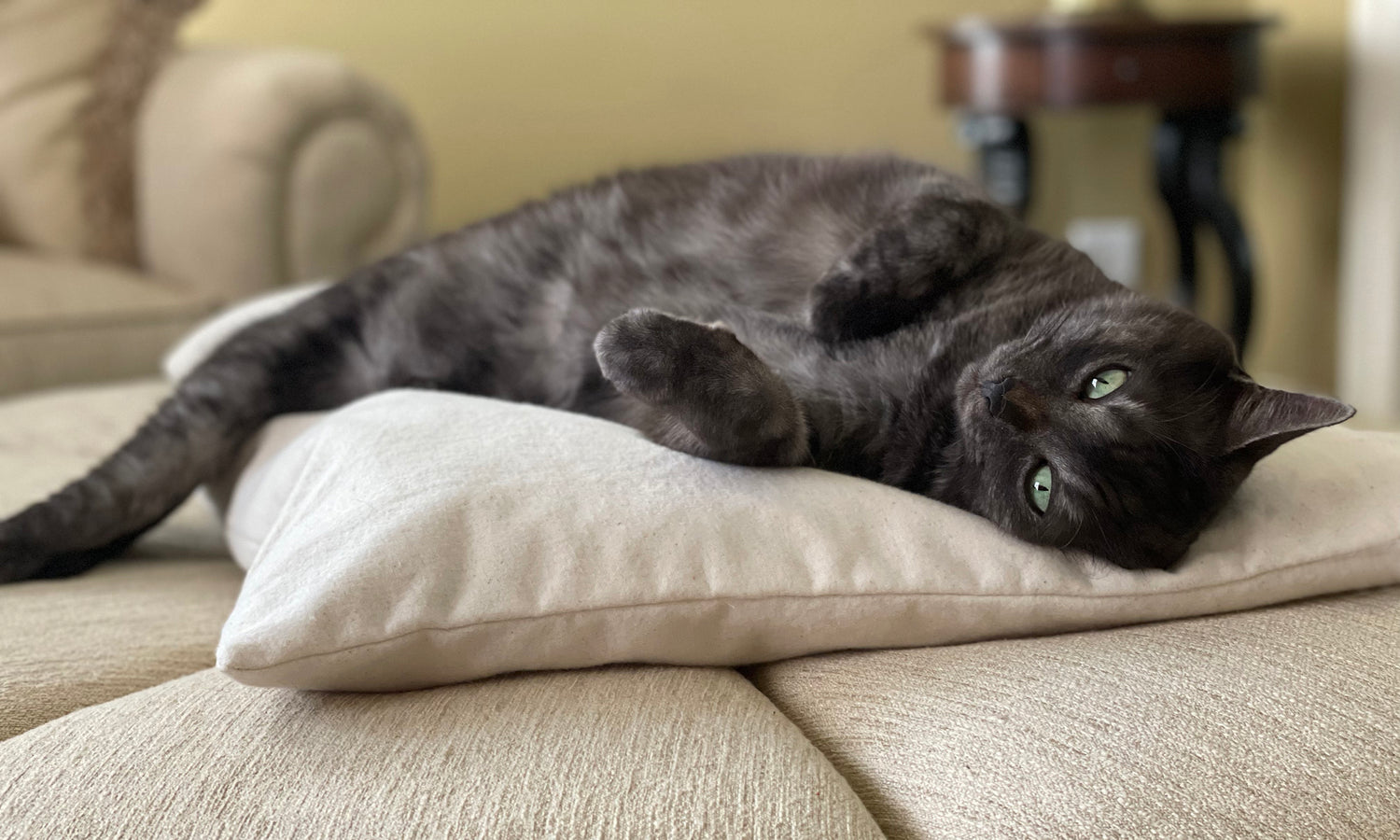
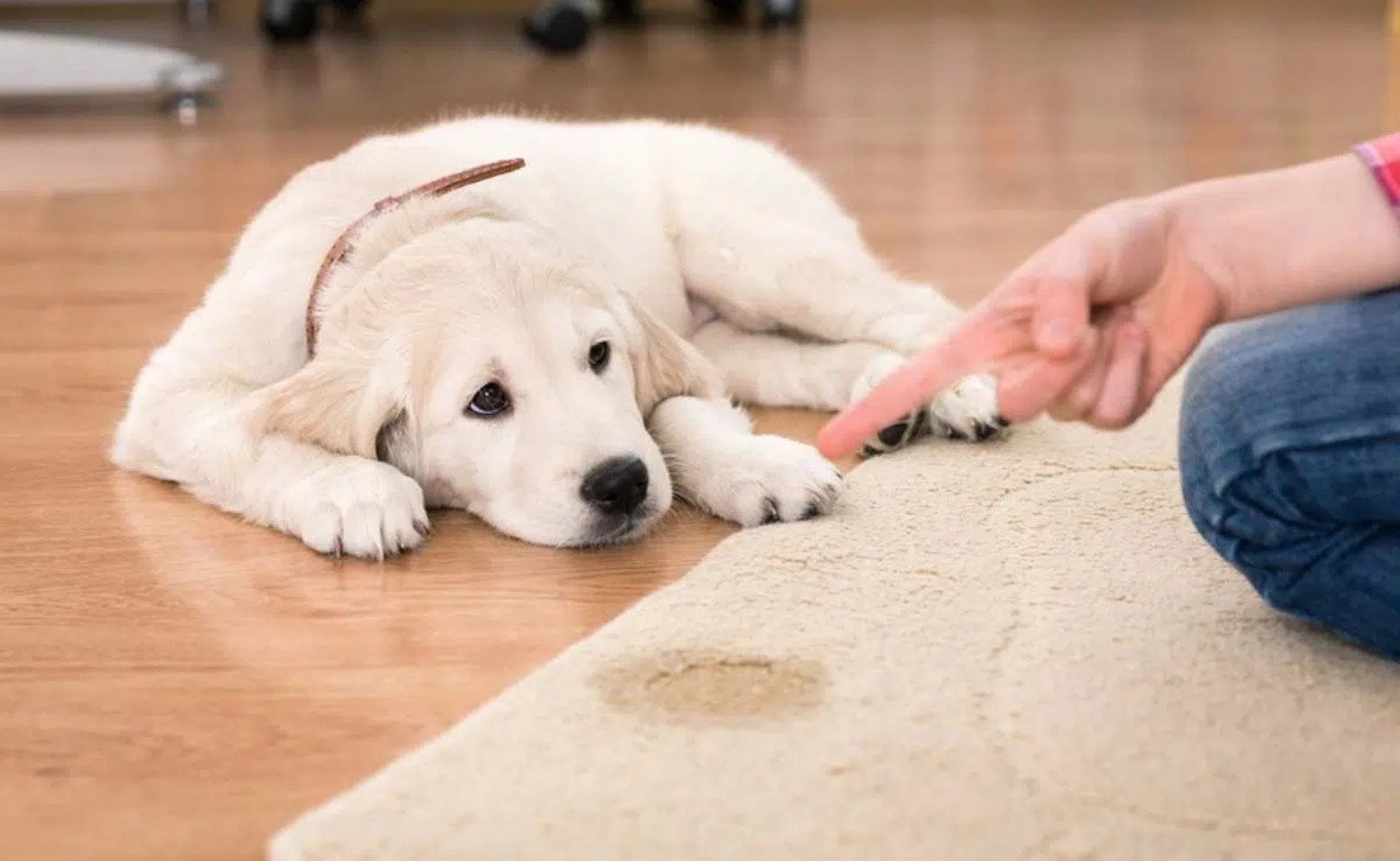
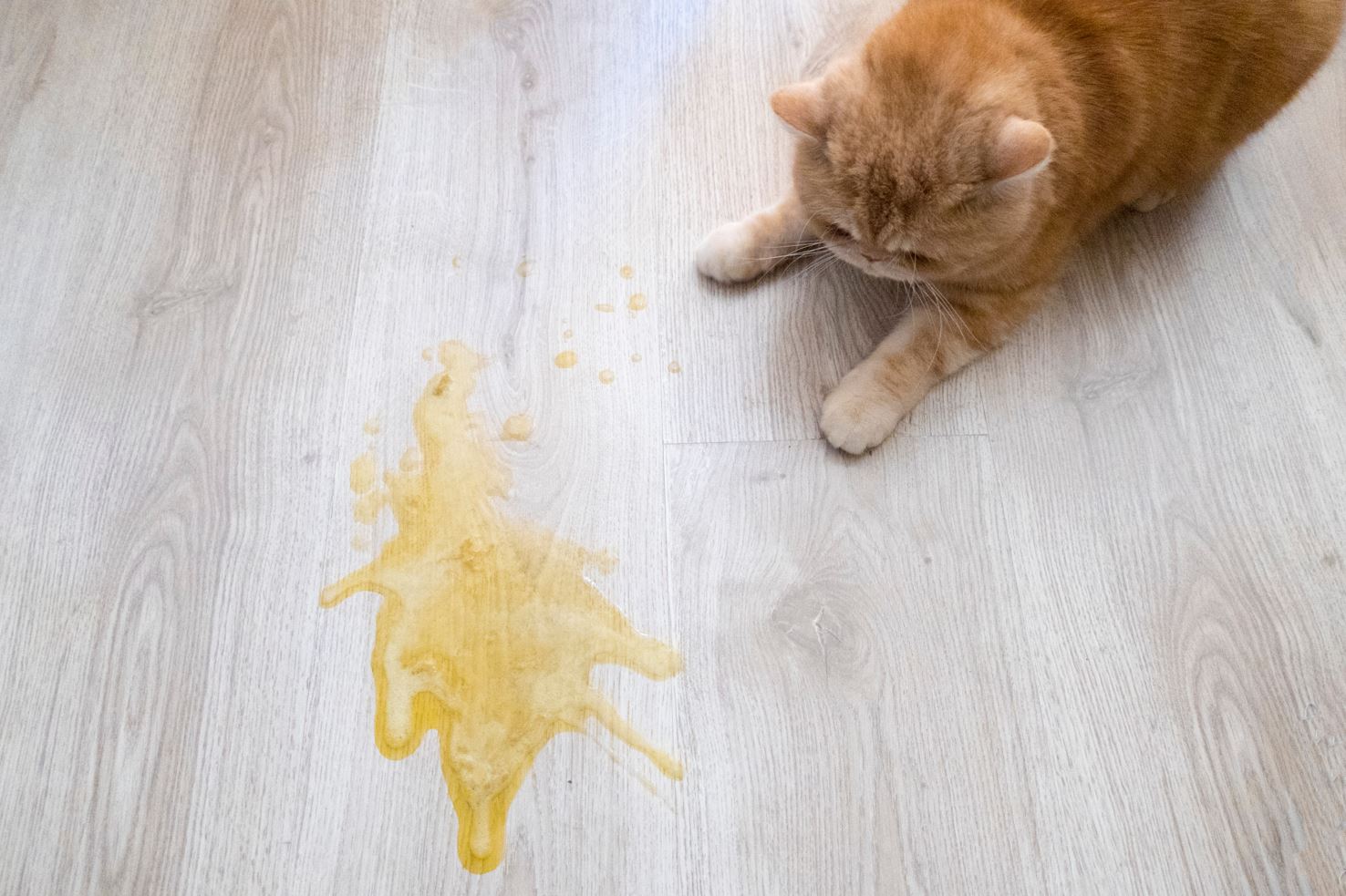
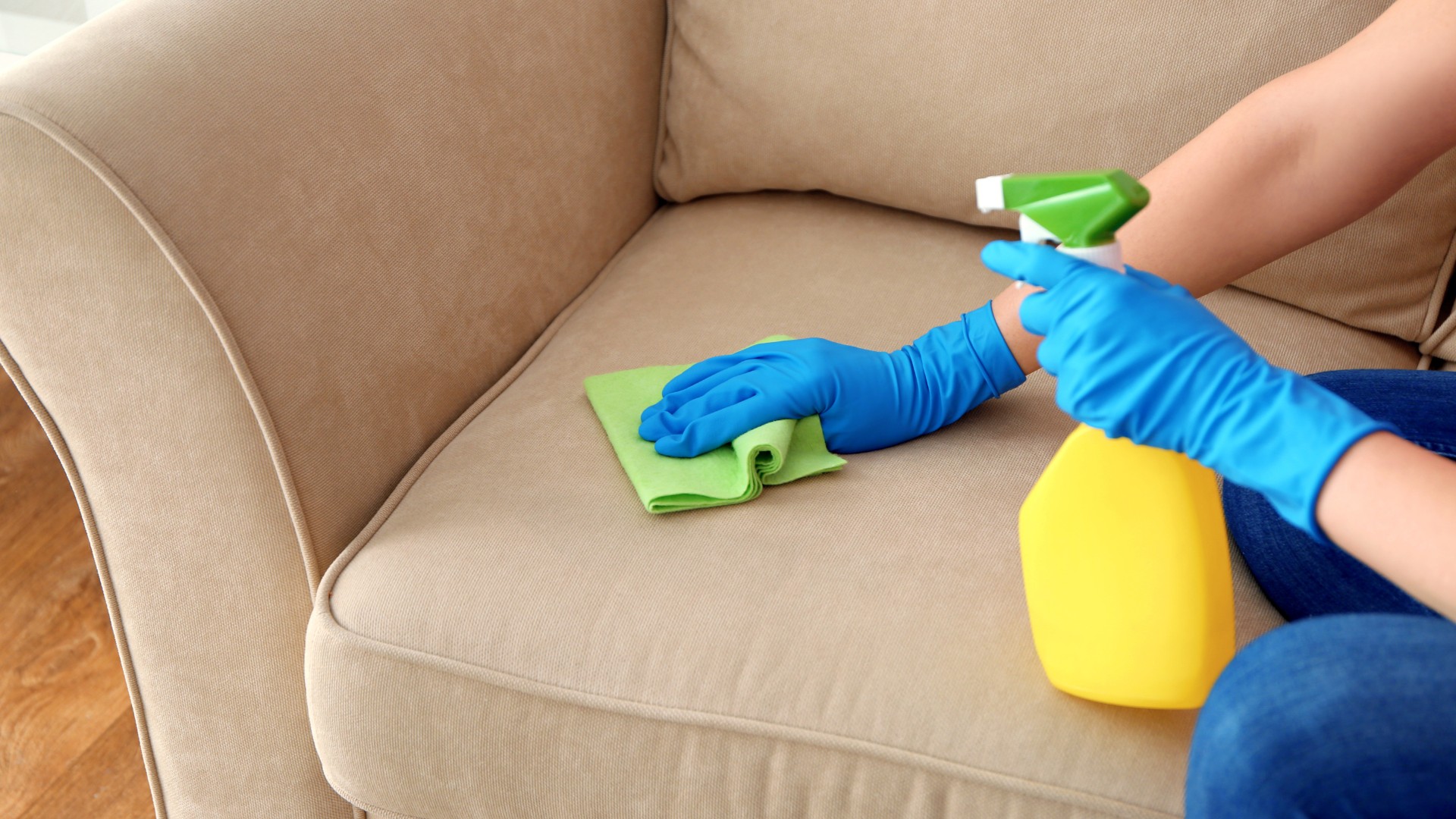
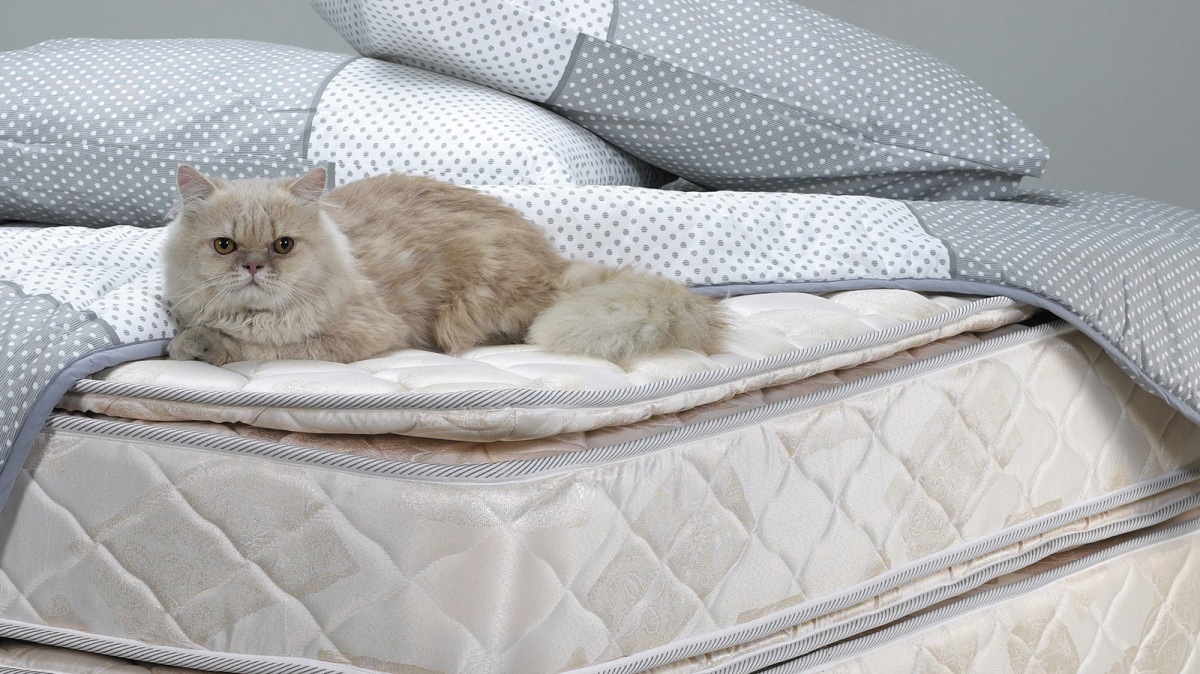
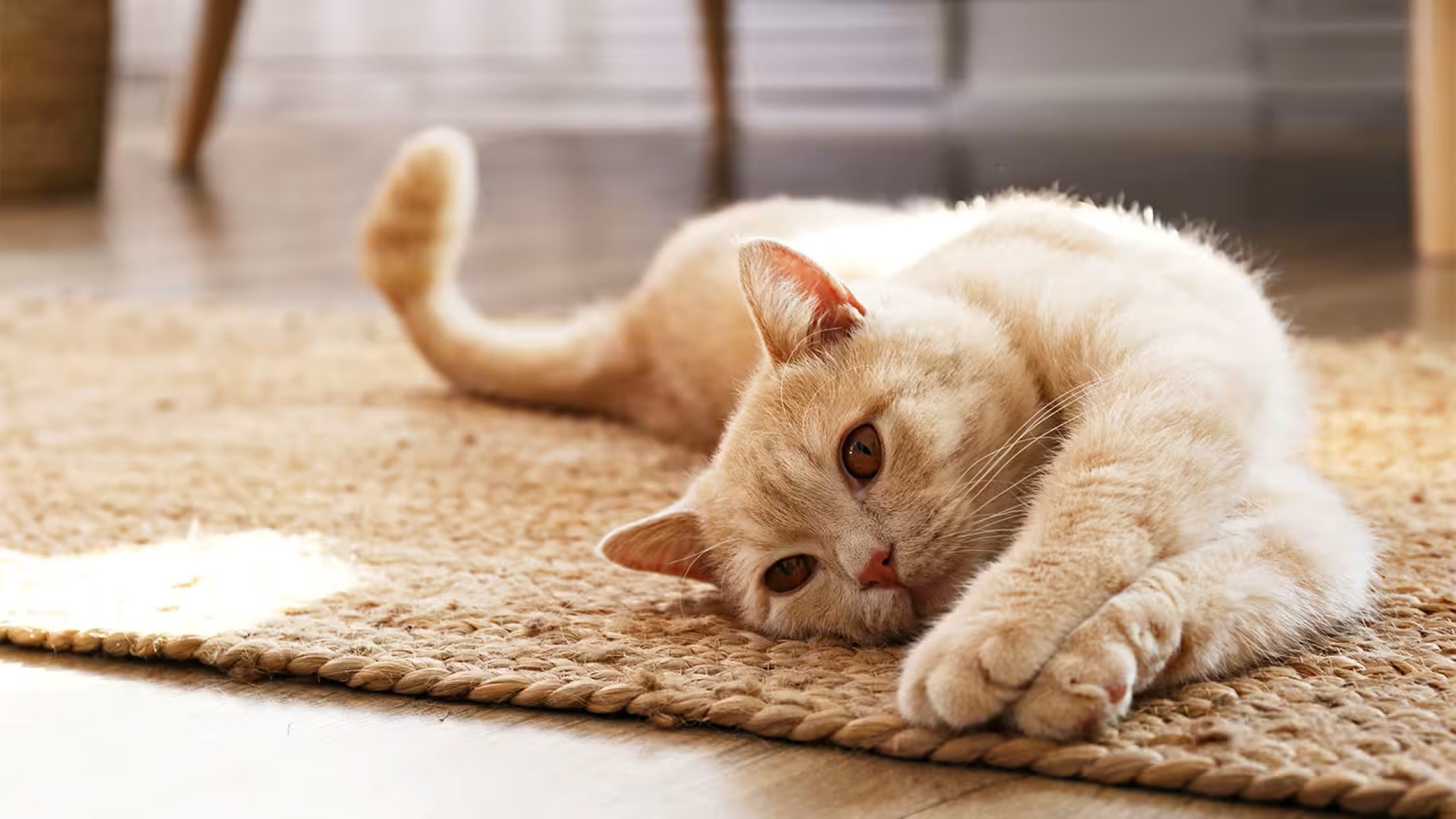
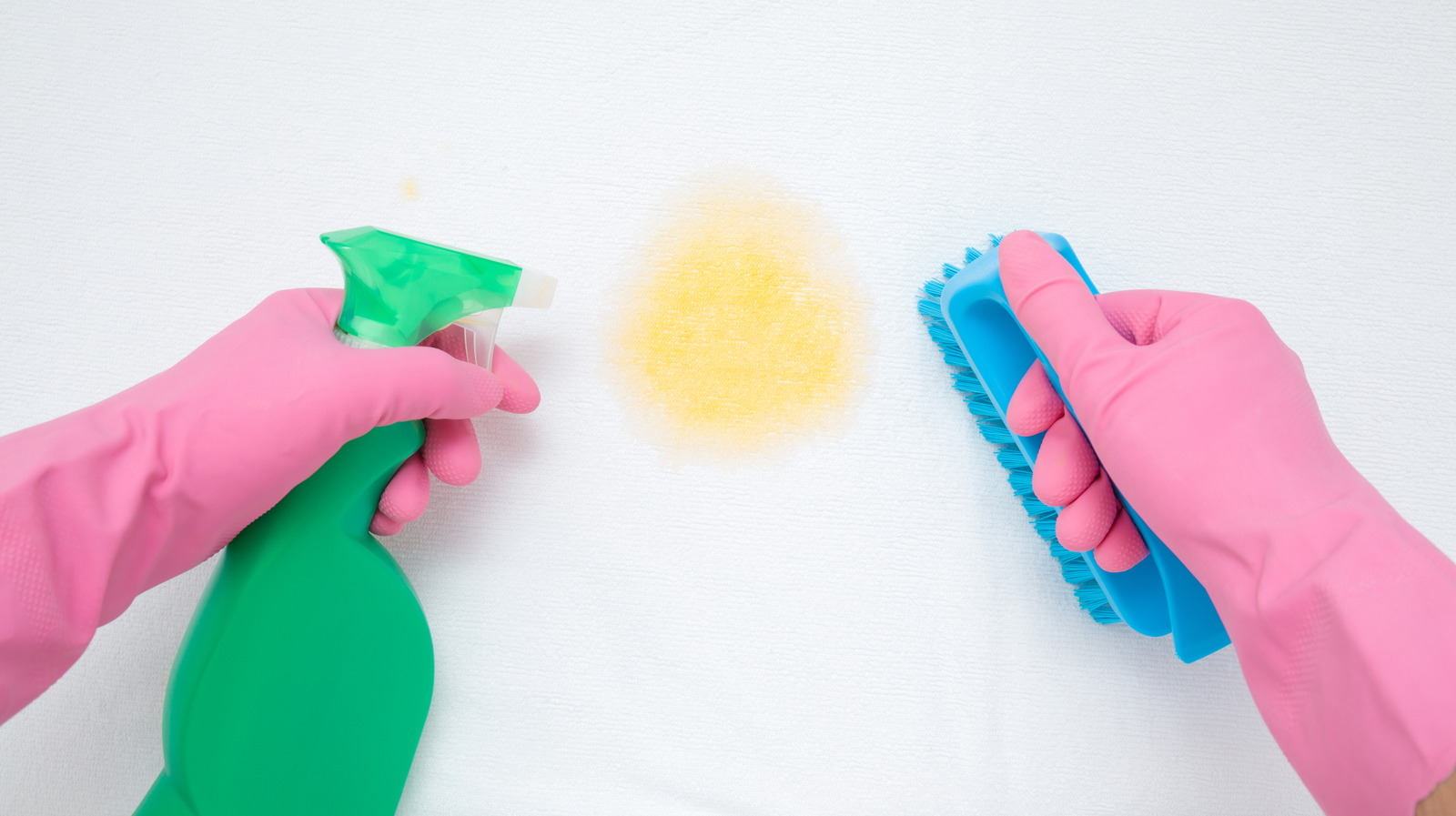
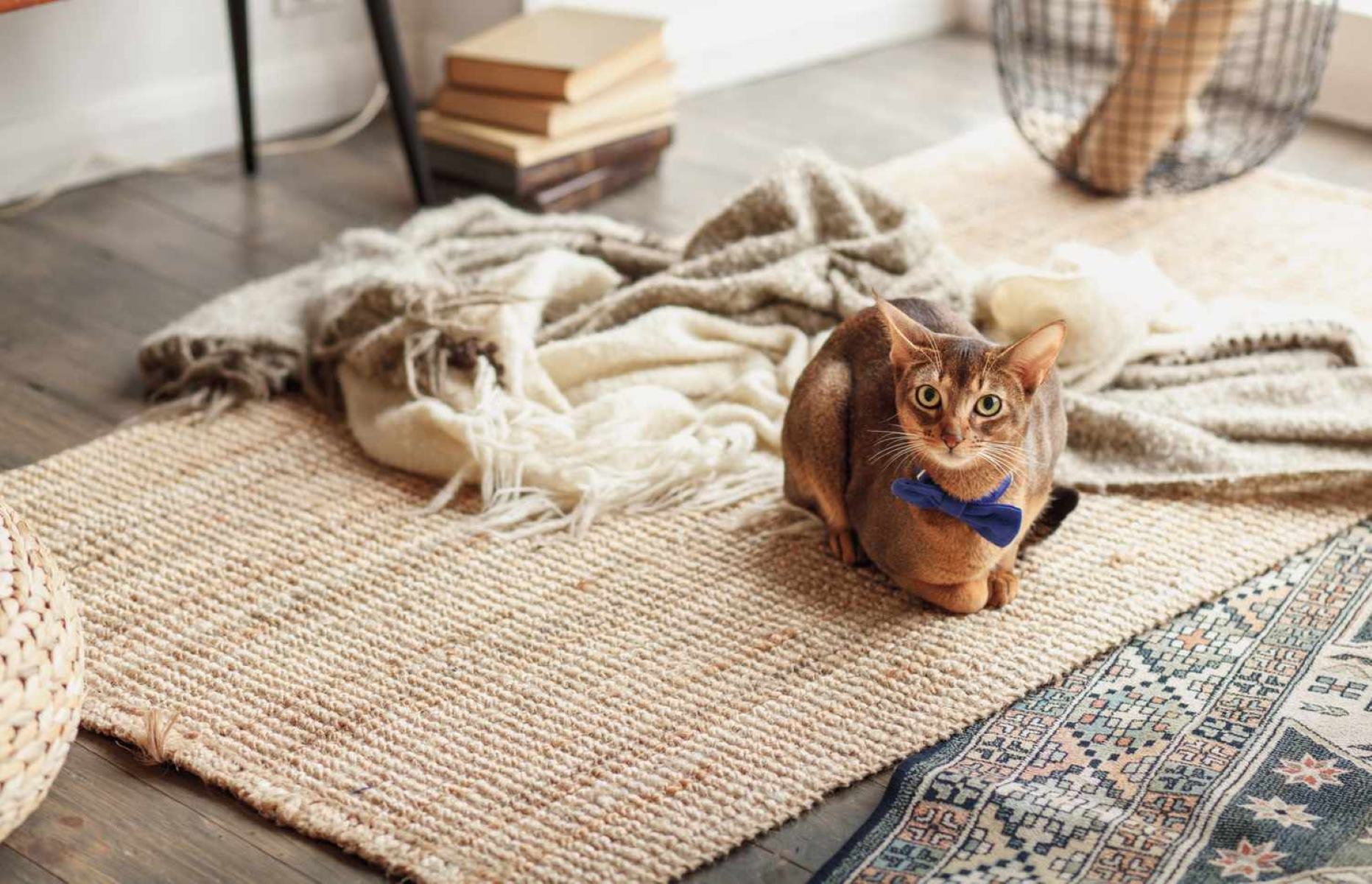
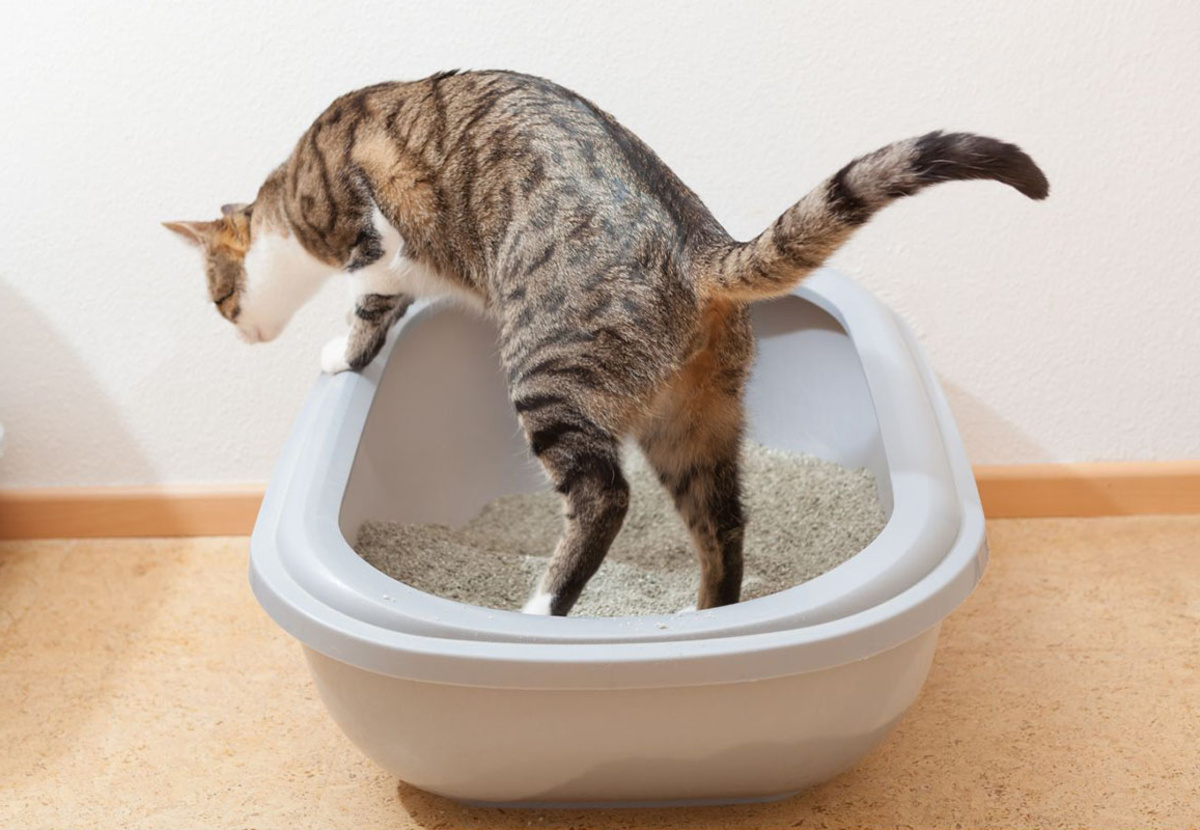
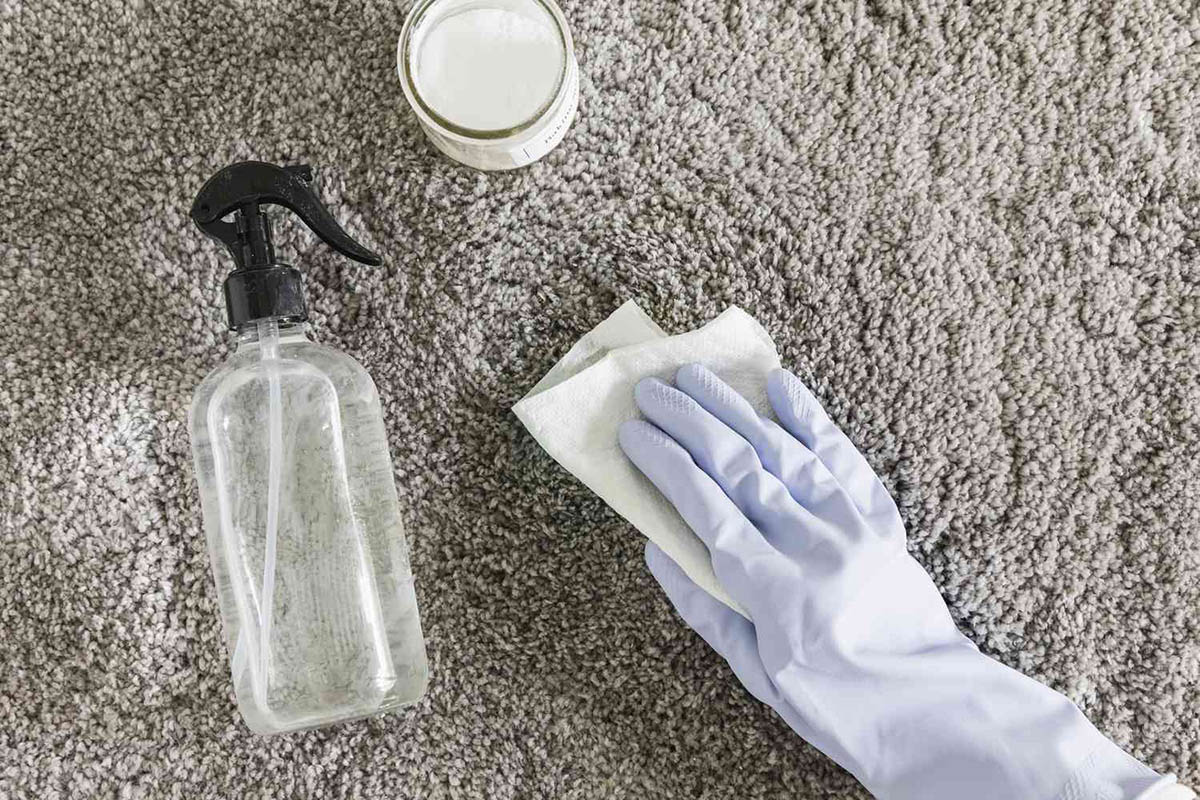
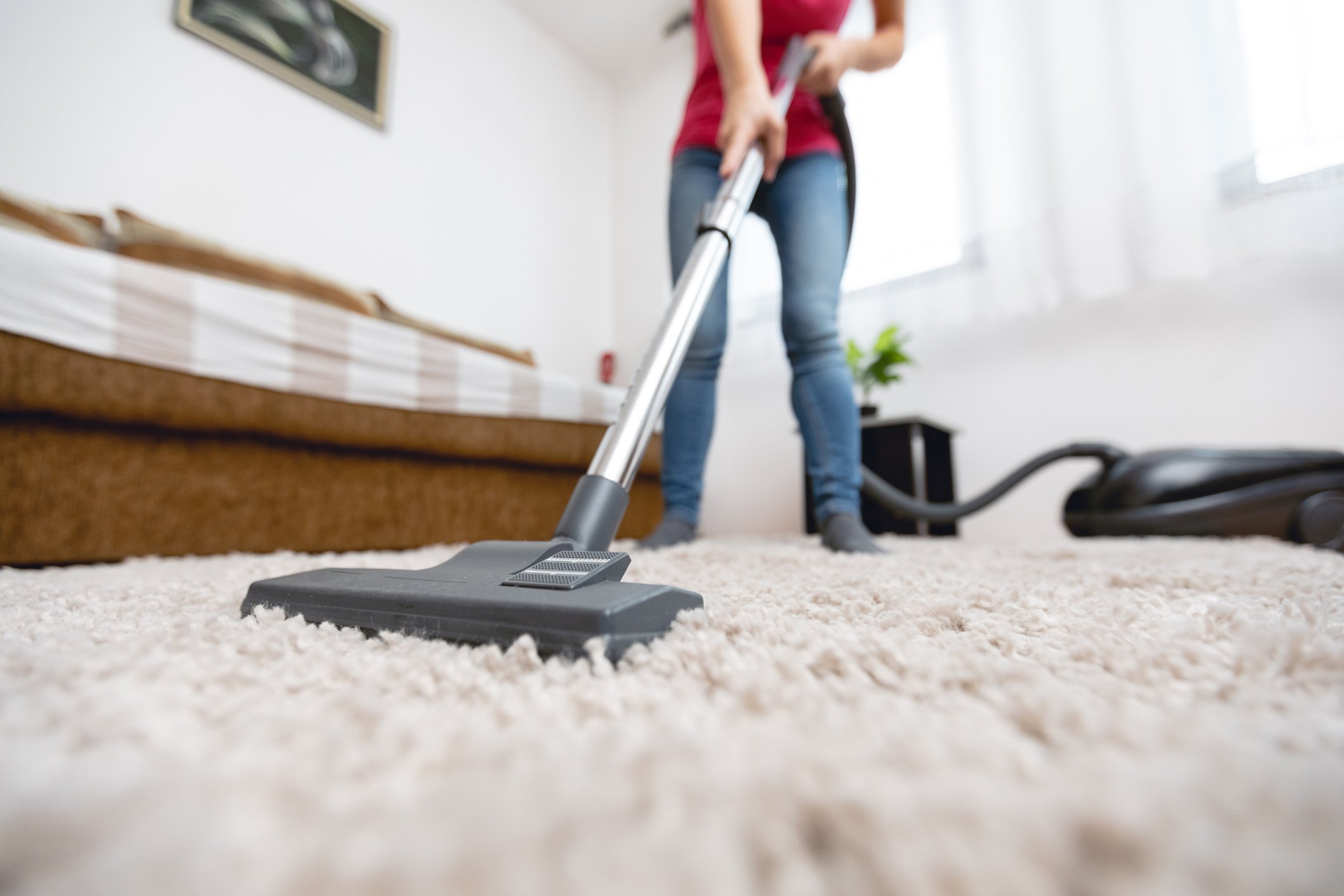
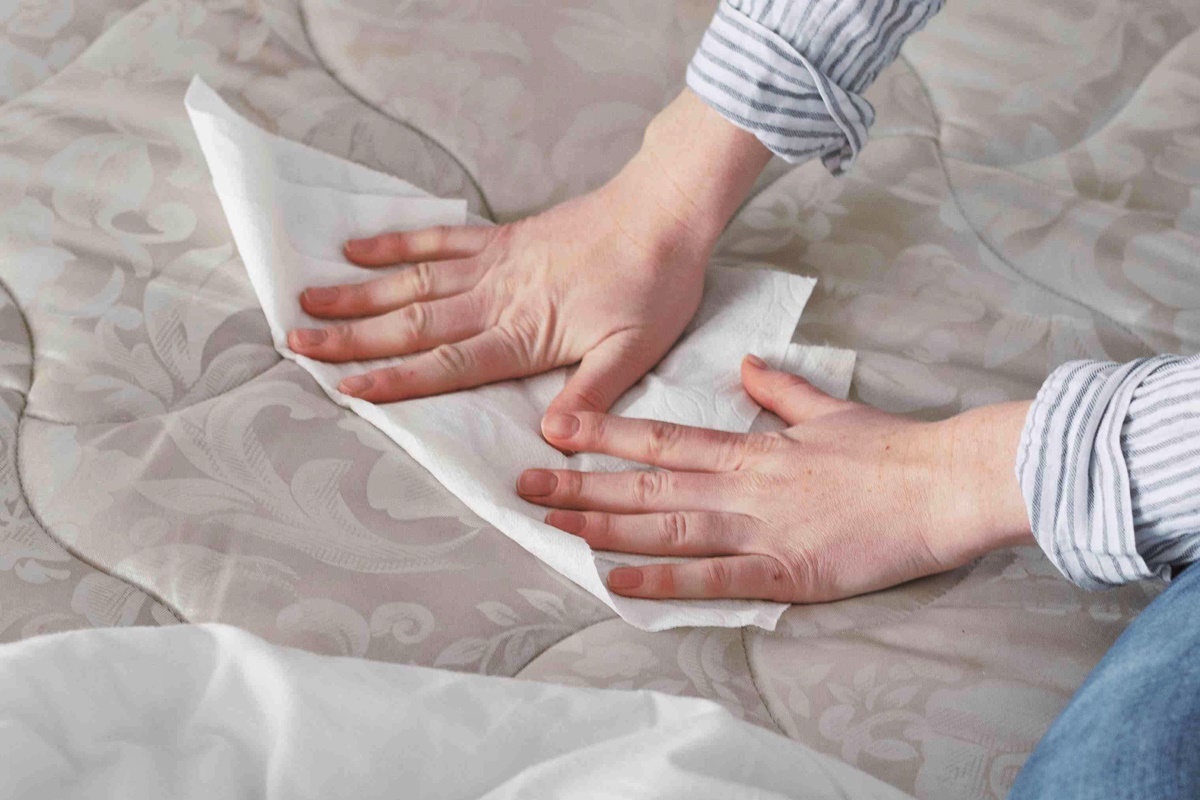


0 thoughts on “How To Get Cat Pee Out Of Rugs”